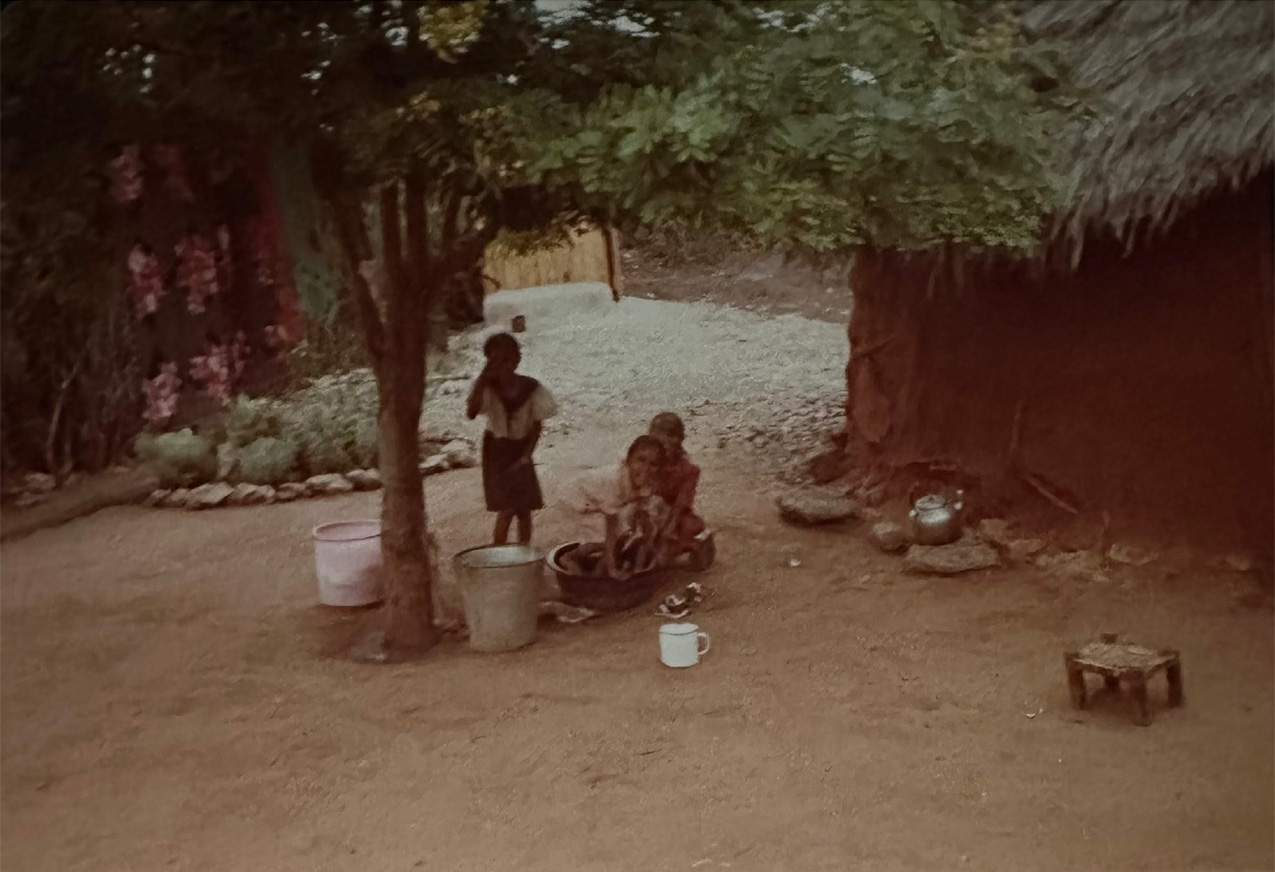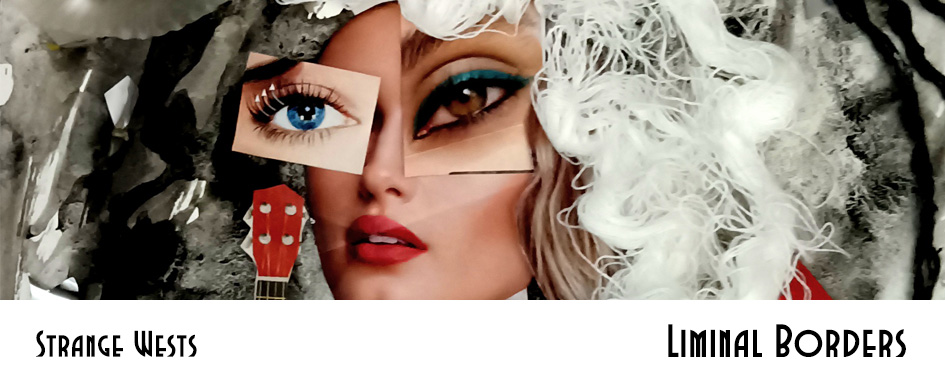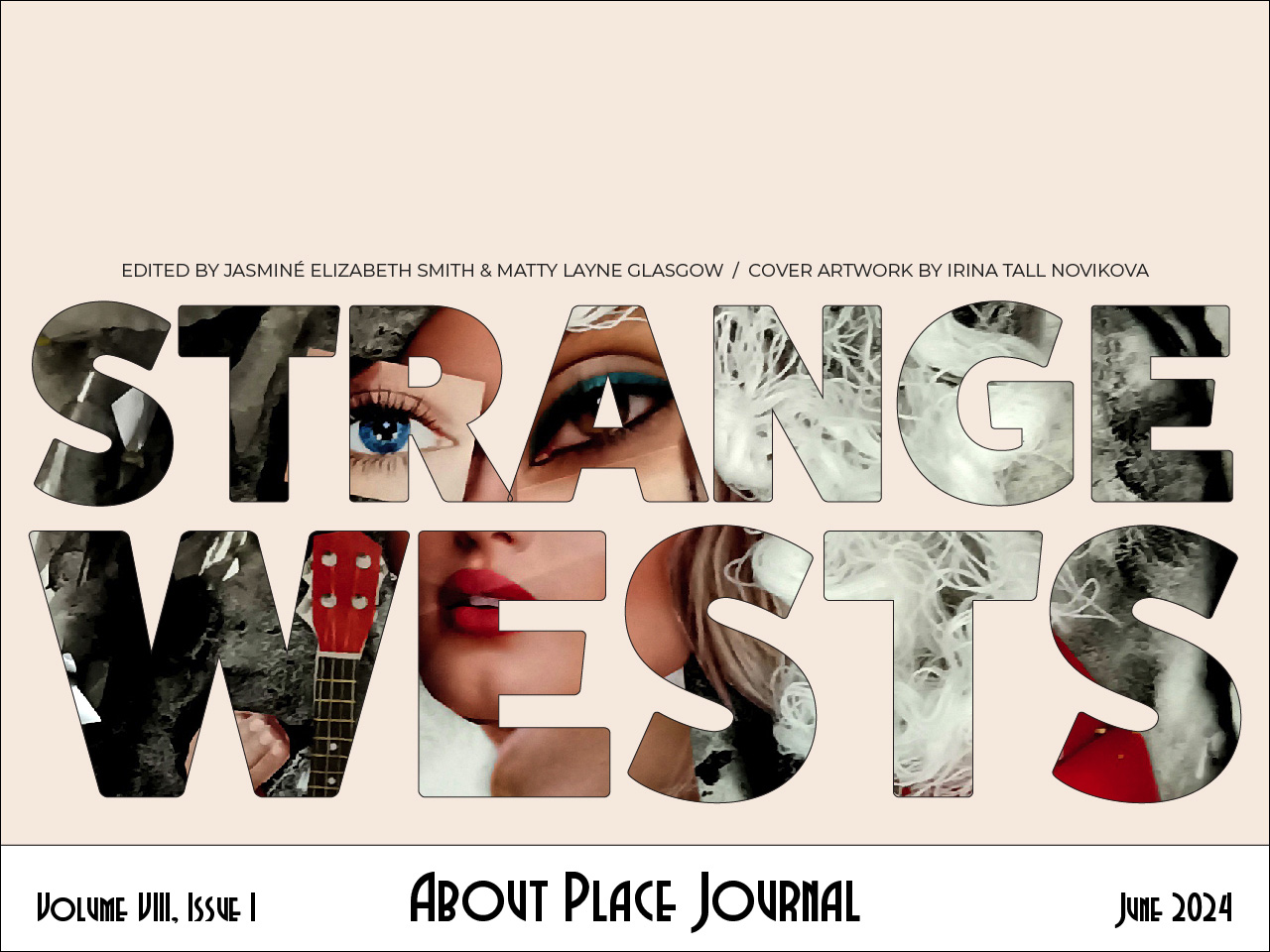
I can finally reach its branches. With no help this time of course, I still vividly remember the hurried inquisitions I took up in the hopes of finding someone who was willing to lift me up onto its ledges. In the summer of 2014, I was able to return to the home I’ve never been to for the first time. The overwhelming exclamations of “I remember when you were this small” and “I held you when you were a baby” from a number of family members I swore I’ve never laid eyes upon immersed me in the family-centered culture I wasn’t accustomed to in Seattle. As my first week in Nairobi ended, I grew to love the constant sensation of being surrounded by family. On the trip I learned that I am more than just a member of my immediate family; I discovered that I occupy a unique position as the middle grandchild in a family with twenty-seven grandchildren.
The tree pictured serves as more than just a symbol of rootedness, continuity, and belonging in my family. It serves as a bridge between various webs of life, both literal and metaphorical. My grandmother’s tree has seen many firsts in my family: injuries from falls, uncles and aunts sneaking out to play, and gatherings with new additions to the family in attendance. It serves as a beacon of collective growth, consistency, and the value of community.
The photo shows my dad sitting in the bowl for showering; this metal bowl would be filled with hot water and taken to an outhouse where my grandmother would shower him and his younger siblings everyday. The person behind my father holding the bowl is my uncle Ismail, everyone knows him as “Merehamu” which means mercy or kindness in Swahili. He earned this nickname through his infamy as being a man who always held a smile on his face and candy on his person. Sadly, he passed away in 2020 due to Covid in Nairobi, Kenya surrounded by family, but my cousins and I strive to emulate his mannerisms and carry his legacy forward. The final person in the image is my Aunt Ubah, she is younger than my father by a couple years but is seen as an authoritative yet rebellious figure in the family of 11 children.
The infamous family tree is pictured to their right, still stable 20-30 years following its creation. This tree is placed in the welcoming area of my Grandmother’s home often surrounded by various colored plastic chairs. It is known throughout my family and neighboring families that the white plastic chair is always the one my Grandmother sits on, as it is the tallest one and she is the most deserving. Surrounding the trees and in the backshot of the photo are neighboring structures that were often used for cooking and laundry. To the right of my aunt is the only unaltered structure remaining at my Grandmother’s house besides the tree itself, the gate to the playground. In my Grandmother’s neighborhood, her house was known as the center of town due to her many children and their many friends. On summer days they would retreat out to the lake near the village to dive in the water but this would soon turn harmful as the water became more and more polluted with dirt, trash, and other human waste being dumped due to scarcity of waste centers. In order to combat this, my Grandfather set up a playground/field along with my older uncles so the younger children would avoid the river.
My grandfather was the one taking this photograph, me and my father have attempted to find the time or date this photograph was taken but as far as we know the only concrete details available are that it was in Nairobi, Kenya around the time my father was 5-7 years old. The year could be 1977-1979. Shortly before moving to the village my Grandparents migrated from Somalia due to the build up of what was soon to be known as the Somali civil war. When this photo was taken it was another moment of civil unrest. It was an era in which the first President of Kenya passed away and the second president Daniel Arap Moi came into office. On a more negative note, it was also a time of extended periods of drought or food crises during the late 1970s and early 1980s. It had many humanitarian impacts, leading to food insecurity and the need for international and domestic relief efforts.
In realizing my position as the middle grandchild among twenty-seven, I see myself not only as a link between generations but also as a part of a larger narrative that extends far beyond the confines of my own experiences. Just as the branches of the family tree stretch outward, connecting us all in a web of kinship and shared history, I serve as a bridge between the experiences of my cousins, an individual they can all relate to.
Here’s an excerpt from another piece I wrote related to the family tree:
But her tree has sensed my presence before, 9 years ago. As I sat with Grandma Ruqaya detailing life abroad, I came to the realization that my environment buzzed with life. The manner in which structure blended with nature and its organisms, as the tree weaved through the gates and the fruits over its ledges. She spoke of a time when the air was alive with the melodies of birds. She spoke about my father, a boy who broke his hands climbing trees 7 times, and if left unwatched would have yearned for an 8th in the hopes of reaching 10. She mentions his boundless energy that mirrored the spirited essence of the land. Yet, as I absorbed these details, the setting apparent to me during my trip in 2022 seemed to carry a different tune. One appearing much quieter, more subdued.


